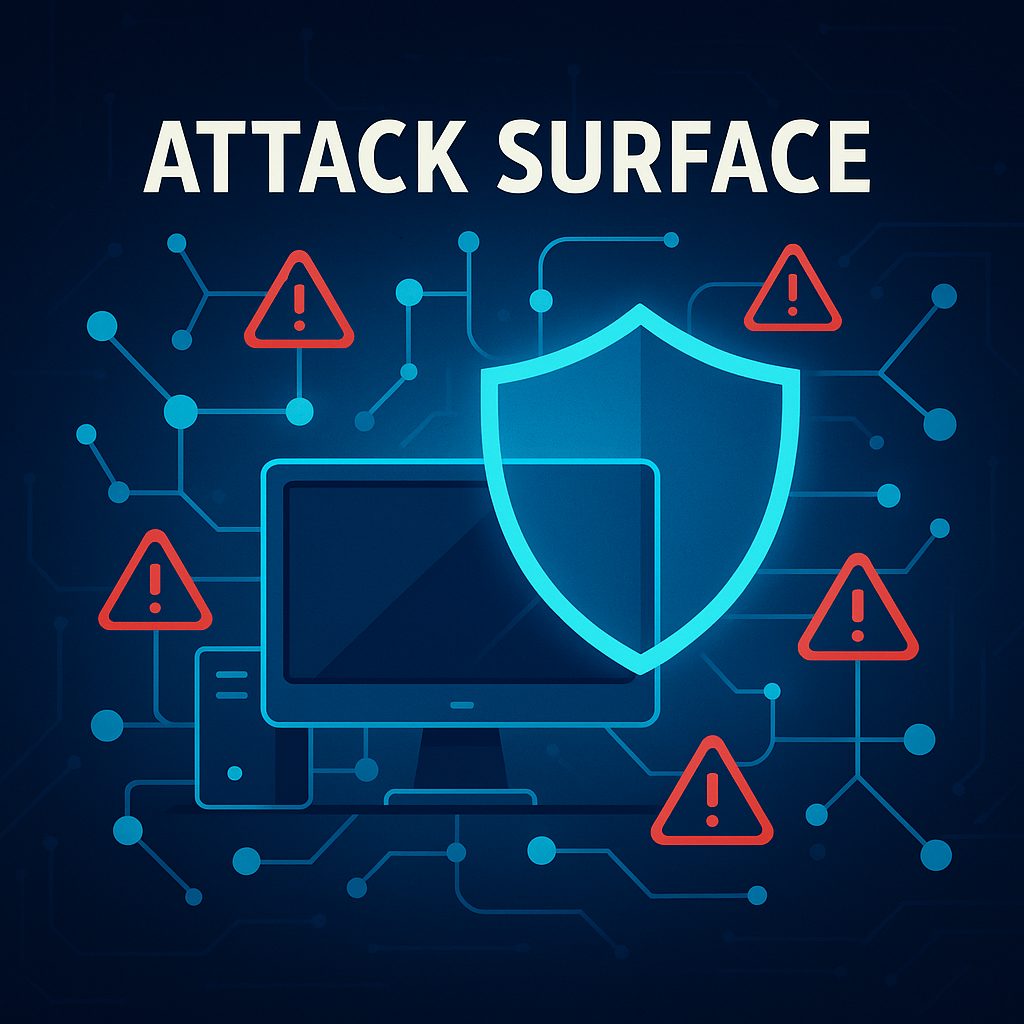Decoding Attack Surface Management: Your Cybersecurity Shield
Imagine your organization as a fortress. Every window, door, and wall represents a potential point where threats could enter. In the digital world, these points are part of what we call the 'attack surface'. Attack Surface Management (ASM) serves as a crucial cybersecurity strategy to identify, analyze, and secure these points against threats, ensuring the fortress remains impregnable.
Understanding Attack Surface Management
Attack Surface Management refers to the continuous process of securing an organization's digital and physical assets against cyber threats. This involves identifying all assets, whether hosted on-premises, by third parties, or in the cloud, and understanding and mitigating risks associated with them. Sources like IBM and Palo Alto Networks describe ASM as an essential, ongoing process crucial for modern cybersecurity practices.
Key Components of ASM
1. Asset Discovery: Constantly identifying and cataloging digital assets across different environments.
2. Vulnerability Identification: Using automated tools to identify vulnerabilities in the assets.
3. Risk Analysis: Assessing the identified vulnerabilities to determine the threat they pose.
4. Remediation: Addressing the identified risks through patching, updates, or configuration changes.
5. Continuous Monitoring: Keeping ongoing surveillance to ensure new vulnerabilities are discovered and mitigated promptly.
Why is ASM Essential?
With cyber threats growing both in sophistication and number, managing your attack surface effectively is more than a necessity; it's a survival strategy. For example, a Misconfiguration in AWS S3 buckets could lead to significant data breaches, as experienced by numerous companies in recent years. Compromises resulting from neglected ASM can lead to irreversible damage to a company's reputation and finances.
Real-World Importance of ASM
Organizations like Google through their product Mandiant highlight the significance of ASM in protecting against external threats by automating the discovery and analysis of external assets. This proactive stance is crucial in today's constantly evolving threat landscape.
Implementing ASM in Your Organization
Beginning with an exhaustive inventory of all digital assets is the first step in ASM. This step should be followed by regular assessments and updates to ensure that no new asset goes unprotected. Tools and platforms that automate parts of the ASM process can significantly reduce the burden on cybersecurity teams, allowing them to focus on strategic defense measures.
Conclusion and Takeaway
Effective Attack Surface Management is not just a technical necessity but a strategic imperative in the fight against cyber threats. Organizations must invest in robust ASM solutions to maintain resilience against an ever-increasing array of cyber threats. Consider your organization’s current cybersecurity posture and determine how ASM can strengthen your defensive mechanisms.
